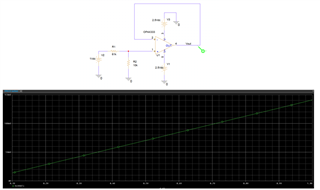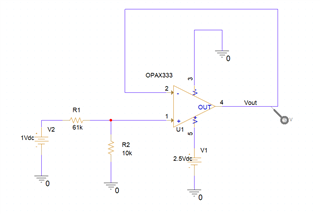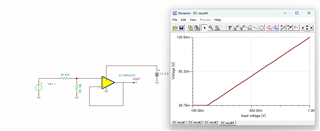Other Parts Discussed in Thread: TINA-TI
Tool/software:
Hi,
I'm having issues with some TI PSpice models. OPA333 for example, it works fine when I connect it to a negative supply. However, when I ground the negative supply, it wouldn't converge & takes long time even though the datasheet show it can be operated in single-ended.
Any clue on this?
Thanks a bunch.




